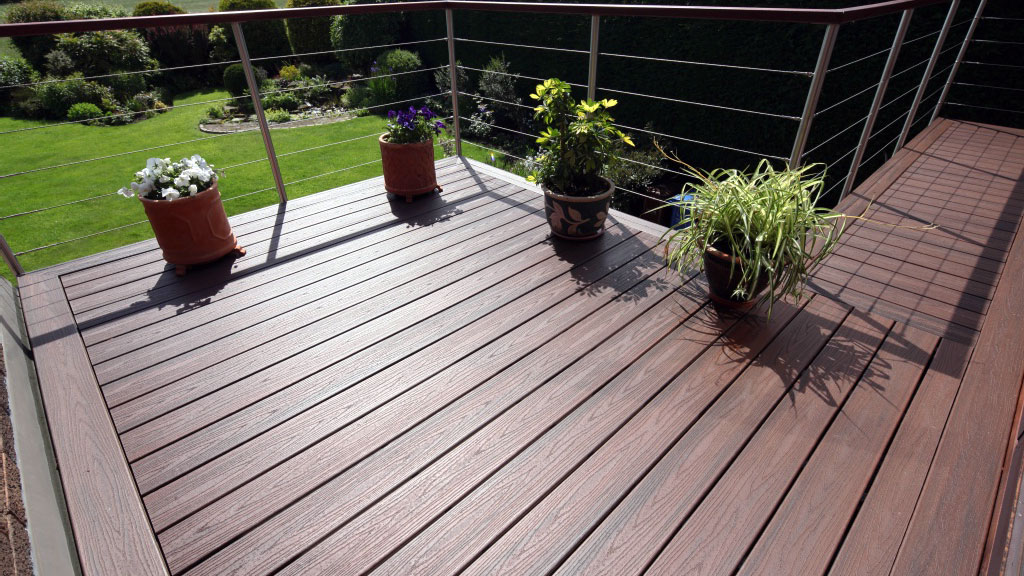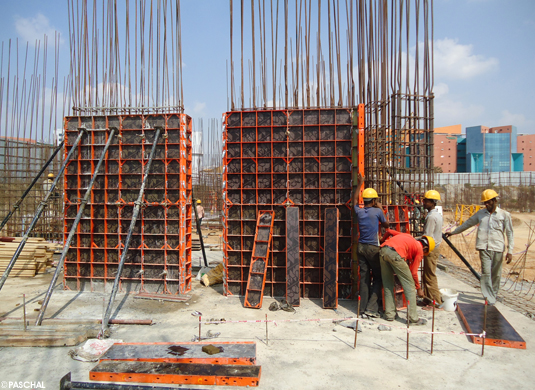When it comes to decking, the demand for eco-friendly options is on the rise. Composite timber decking has emerged as a popular choice, not just for its durability and aesthetic appeal, but also for its environmental benefits. In this article, we’ll explore the eco-friendly aspects of composite timber decking, focusing on recycled materials, energy efficiency in production, and long-term environmental benefits. We’ll also highlight the efforts of GreenHill Timbers, a leading brand in sustainable decking solutions.
What is Composite Timber Decking?
Composite timber decking is a man-made building product that includes an approximate mix of recycled wood fibers, plastics, and bonding agents. This combination results in a decking material that looks and feels like wood but offers enhanced durability and reduced environmental impact compared to traditional timber decking.
Recycled Materials Used
One of the most significant eco-friendly aspects of composite timber decking is the use of recycled materials. These materials often include:
- Recycled Wood Fibers: By using reclaimed wood fibers, composite decking helps reduce the need for new timber, thereby decreasing deforestation and conserving natural forests.
- Recycled Plastics: Plastic waste, such as old packaging and plastic bottles, is repurposed into the decking material, giving new life to materials that would otherwise end up in landfills.
Using recycled materials not only helps in waste management but also reduces the environmental footprint of the decking production process. GreenHill Timbers, for instance, is committed to using high-quality recycled materials in their composite decking products, ensuring sustainability without compromising on quality.
Energy Efficiency in Production
The production of composite timber decking is designed to be energy-efficient, utilizing advanced manufacturing processes that minimize energy consumption. Here are some key aspects:
- Efficient Manufacturing Processes: Modern production techniques ensure that the energy required to produce composite decking is significantly lower than that for traditional timber. This includes energy-efficient machinery and optimized production lines.
- Reduction of Carbon Emissions: By using recycled materials and efficient processes, the carbon footprint of composite decking is reduced. This aligns with global efforts to combat climate change.
- GreenHill Timbers’ Practices: GreenHill Timbers is dedicated to energy-efficient production methods, incorporating renewable energy sources and reducing waste in their manufacturing processes.
Long-Term Environmental Benefits
The environmental benefits of composite timber decking extend well beyond the production phase. Here are some long-term advantages:
- Durability and Longevity: Composite decking is designed to withstand harsh weather conditions, heavy foot traffic, and the test of time. Its durability means fewer replacements and less waste over the years.
- Reduction in Deforestation: By choosing composite over traditional timber, we reduce the demand for new wood, which in turn helps preserve forests and biodiversity.
- Low Maintenance: Composite decking requires minimal maintenance compared to traditional wood. It doesn’t need regular staining, sealing, or painting, reducing the use of harmful chemicals and saving water.
Aesthetic and Practical Benefits
Aside from its environmental advantages, composite timber decking offers several practical and aesthetic benefits:
- Visual Appeal: Available in a variety of colors, textures, and finishes, composite decking can complement any architectural style and personal preference.
- Slip-Resistance: Many composite decking products are designed to be slip-resistant, making them safer for outdoor use.
- Splinter-Free Surface: Unlike traditional wood, composite decking does not splinter, providing a more comfortable surface for walking and lounging.
Common Misconceptions About Composite Decking
Despite its benefits, there are some common misconceptions about composite timber decking:
- Myth: Composite decking is less durable than wood. Fact: Composite decking is designed to be more durable and resistant to weathering than traditional wood.
- Myth: Composite decking looks fake. Fact: Modern composite decking mimics the natural look of wood and comes in a variety of realistic finishes.
- Myth: Composite decking is not eco-friendly. Fact: Composite decking is made from recycled materials and is produced using energy-efficient methods, making it an environmentally friendly choice.
The Future of Composite Timber Decking
The future of composite timber decking looks promising, with continuous innovations aimed at improving sustainability and performance. Emerging trends include the use of even more recycled materials, enhanced durability, and new designs that mimic the natural beauty of wood. GreenHill Timbers is at the forefront of these innovations, committed to providing eco-friendly decking solutions that meet the highest standards of quality and sustainability.
Conclusion
Choosing composite timber decking is not just a decision for your home or business; it’s a choice for the environment. With its use of recycled materials, energy-efficient production, and long-term environmental benefits, composite decking stands out as a sustainable alternative to traditional timber. Brands like GreenHill Timbers are leading the way, offering high-quality, eco-friendly decking options that help preserve our planet for future generations.

















